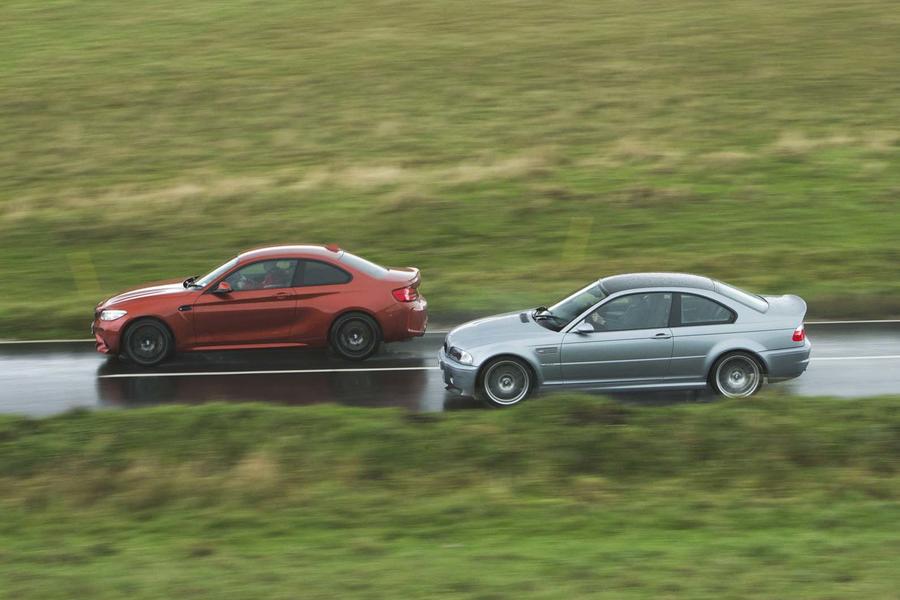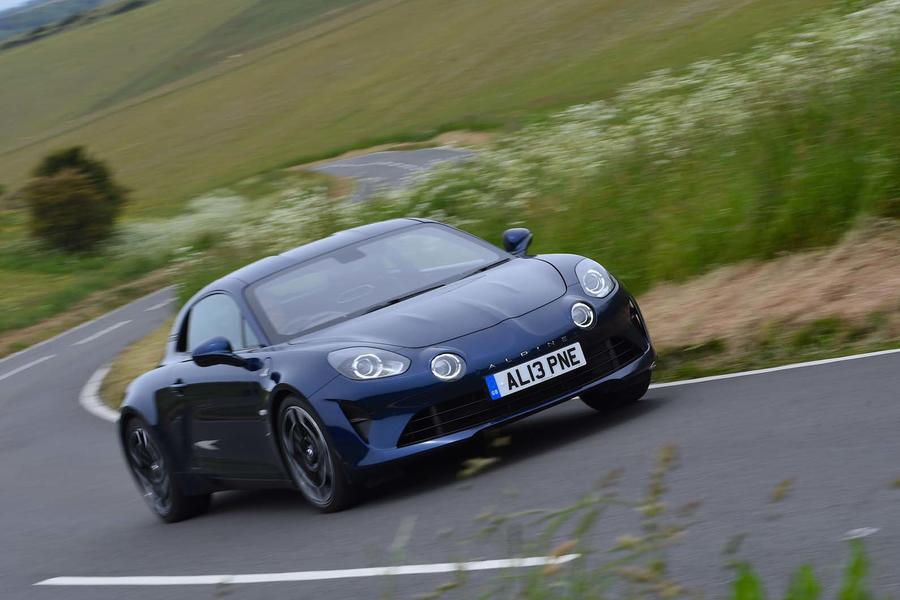Our M-car clash is coming to a screen near you
BMW’s new M cars might be safe, quiet and easy to drive, but the legendary E46 M3 CSL remains a high point
What is the best car BMW’s M division has ever made? It’s a question that, as I write, I’ve just returned from trying to answer with m’friend and colleague and Autocar special correspondent Mauro Calo for an upcoming video. (Hi guys. Like and subscribe.)
Now, we both like M cars. Mauro’s even got one, though by a narrow margin not one we shortlisted for this ‘best ever’ video. We went with a 1989 M3, a 2003 M3 CSL and a new M2 Competition.
I think it’s a fair selection, though there could have been others. An M1, obviously, although it’s a supercar rather than a typical M division model; a 1M Coupe, though I suspect the M2 Competition does a close enough impression; Ms 5 and 6, perhaps, though they can feel big, and Zs a bit brittle. You could argue about it all day.

We did, in fact. But in the three we gathered, I’m comfortable that we got some of the very best M iterations: cars where a great performance division sprinkled magic dust on rationing books on 1 June 1945. what were (or are) already sound cars, with their great weight distribution and correct-wheel drive.
What we concluded overall isn’t the important bit for this column. Although, spoiler alert: if you were to take bits from each and make the ‘ideal’ M car, more of them would come from a CSL than the others.
What I’ve come away thinking about more, though, is the general nature of progress, rather than this brand’s specifics. It’s not the first time recently I’ve driven old and new cars back-to-back, and it’s incredibly instructive. Consistently so.
There’s lots to like about older cars. Visibility is great and they’re wonderfully compact; that’s as true of a 1989 M3 as it is a Triumph TR7 or a Honda Integra Type R.
And while new cars uniformly feel too big, as you’ll know if you’ve parked one, engineers will argue – quite reasonably – they’re also rather better equipped and much quieter than they used to be, and that if you had to have a crash in a new car or a 30-year-old one, there’d only be one choice.
Modern body integrity has other advantages too. With old cars there’s this element of – forgive me, this is not an engineering term – ‘squidge’. You turn the steering wheel, weight builds, as if you’re taking up the slack from bushes, body lean and, I’m convinced this matters as much as anything else, chassis flex. Combined with the soft springing their light weight often allows, classics kind of creak into corners, and can make sluggish changes of direction.
New cars just don’t do that. Turn the wheel in an M2 and the response, despite its weight and size hindrances, is way more immediate and precise. It is easier, both mentally and physically, to drive quickly than an old M3.
Whether that’s preferable or not – and purely objectively, surely it is – the progress is clear. And it applies not just to BMW, but to nearly all old and new models: the less the slack, the more immediate the response. And fan of old snotters though I am, I like that immediacy.

It’s no wonder cars that combine the compactness of the old and the integrity of the new – cars like the Alpine A110 and Subaru BRZ/Toyota GT86 – are the most fun to drive on the road. Now, just need to get a CSL’s engine into them.
Read more
BMW M face-off: M3 CSL vs. M2 Competition
BMW M1 reborn as 591bhp two-seat plug-in hybrid
Autocar driving impressions – comparing cars twenty years on
Source: Autocar
